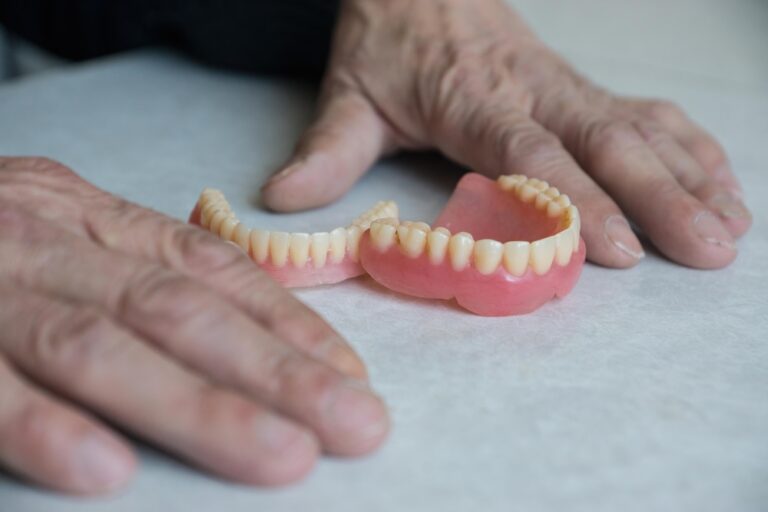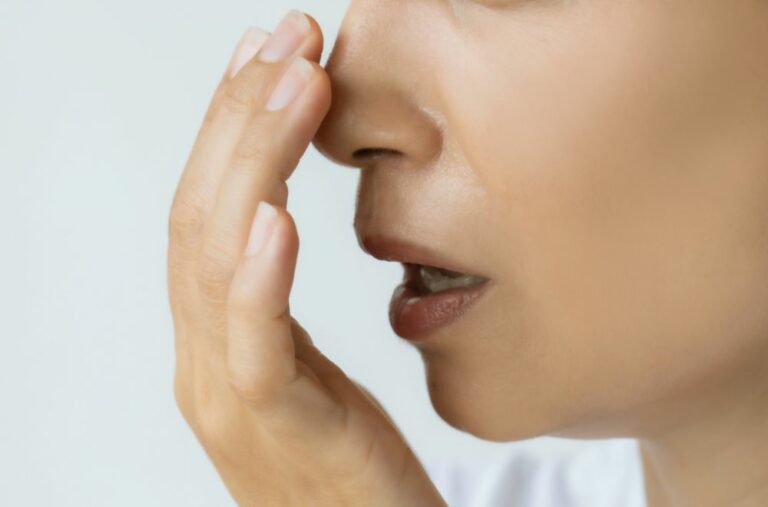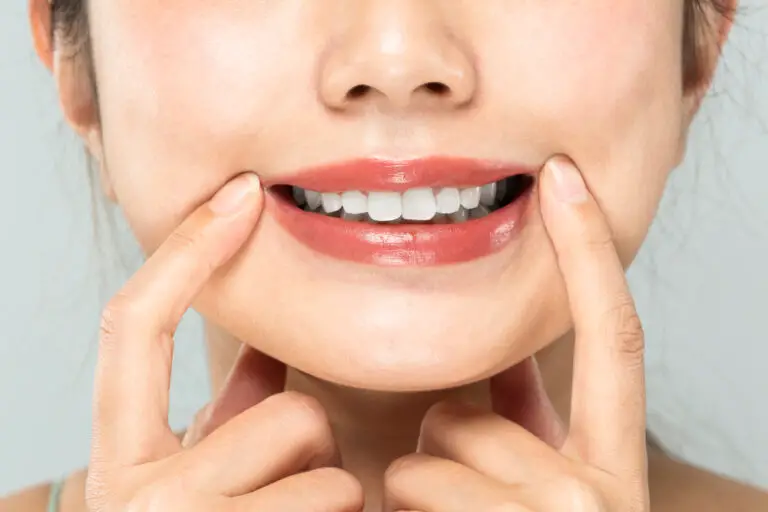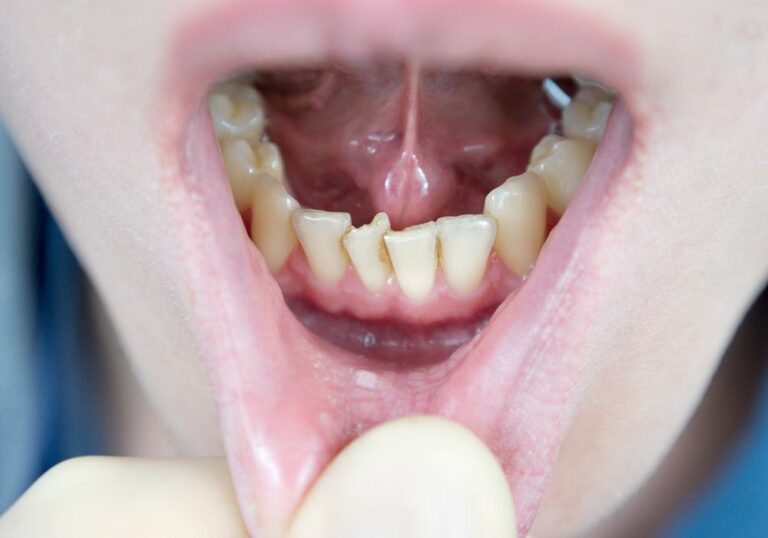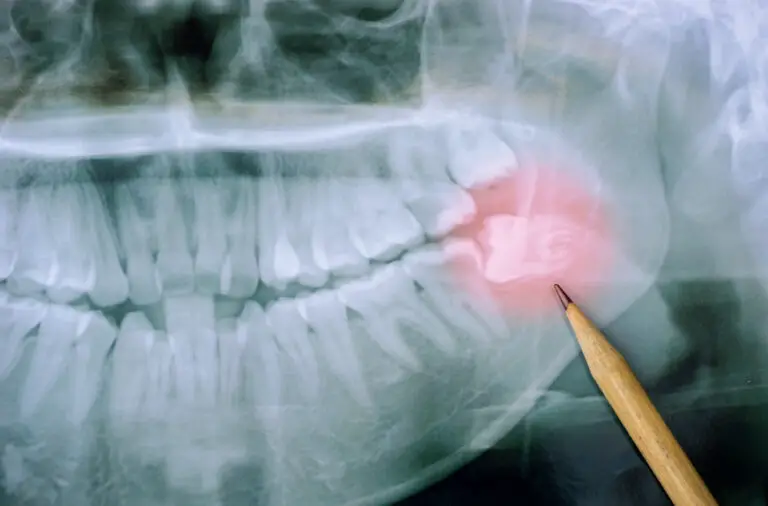Flossing is a crucial part of dental hygiene and oral health care. But what’s the right age to start flossing your toddler’s teeth? When are those little teeth ready for flossing? Here is an in-depth guide on when and how to begin flossing toddler teeth.
When Should You Start Flossing Your Toddler’s Teeth?
Flossing removes plaque and food particles from between teeth and below the gumline – areas a toothbrush simply can’t reach. This helps prevent tooth decay and establish healthy gums. But at what age can you start flossing your toddler’s teeth?
The American Dental Association’s Recommendations
The American Dental Association (ADA) advises parents to begin flossing their child’s teeth as soon as two teeth start to touch each other. This milestone usually occurs between the ages of 2 and 3 years.
Once your toddler has adjacent teeth, with no gaps between them, it’s time to start flossing. Plaque will rapidly build up between these tight spaces, putting your child at risk of cavities and gum inflammation. Daily flossing removes this harmful plaque and bacteria.
According to the ADA experts, the ideal time to establish the habit of flossing is during these early toddler years. Starting early helps normalize flossing as part of your child’s regular hygiene routine.
Signs Your Toddler is Ready for Flossing
How do you know exactly when your toddler is ready to start flossing? Here are some signs to look for:
Two Adjacent Teeth
The number one sign is that your toddler has at least two adjacent teeth – usually the lower front incisors. Look inside their mouth and check for contact between teeth, without any gaps. Even two touching teeth allow plaque buildup in need of flossing.
Cooperative Behavior
Flossing requires cooperation and the ability to follow simple instructions. If your toddler is resistant even to regular tooth brushing, they may not be ready to tolerate flossing just yet. Wait until they are more accepting of having their teeth cleaned.
Existing Toothbrushing Habit
You should already have an established twice-daily toothbrushing routine. This shows your toddler is used to regular oral hygiene. Now is the ideal time to introduce flossing as the next step.
Able to Use Floss with Help
Check if your toddler is able to hold floss and understands the motions, at least with your hands guiding theirs. Active resistance is a sign to wait a bit longer before attempting flossing.
Not Sucking Thumb or Pacifier
Thumb or pacifier sucking makes it very difficult to properly floss teeth. Ideally, resolve these habits before beginning flossing.
If your toddler meets these criteria, their teeth are likely ready for flossing according to ADA guidance! Start slowly and positively reinforce the habit.
How to Floss Your Toddler’s Teeth – Step-by-Step Instructions
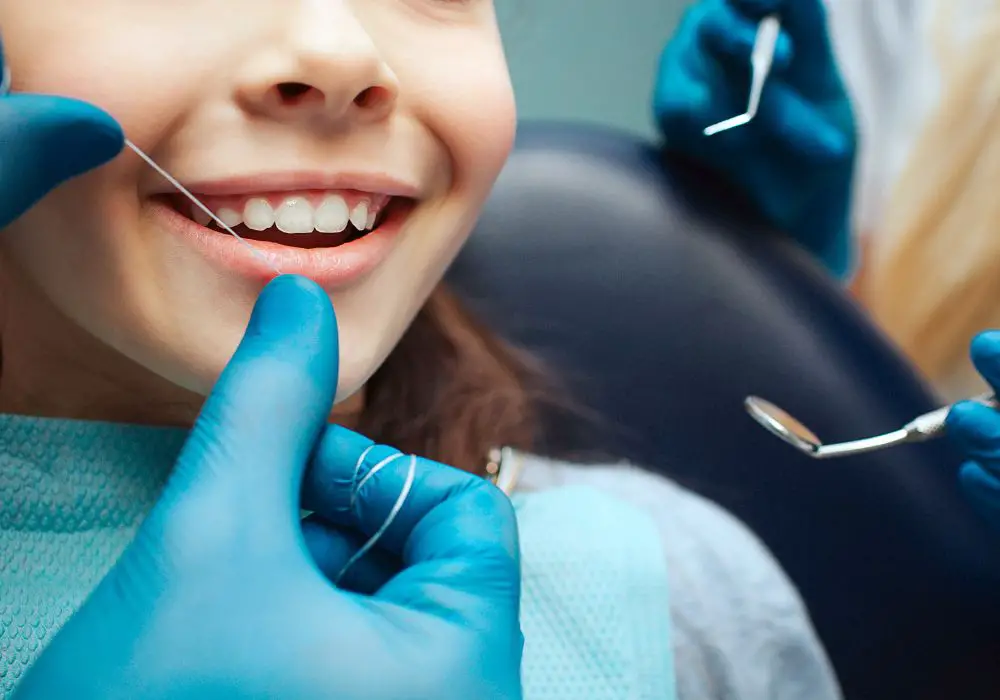
Flossing those tiny toddler teeth can be tricky. Follow these step-by-step instructions for the best technique:
Choose Appropriate Floss
- Use soft, waxed floss that can gently glide between tight teeth without painfully snapping. The wax coating also sticks to and removes more plaque.
- Unwaxed floss may be too harsh on tender young gums. Stick to waxed floss designed for children.
- Look for flossers with plastic handles for easier grip – toddlers have limited motor skills.
- Fun flossers with cartoon shapes, colors, or child-friendly flavors like strawberry or bubblegum can make the experience more enjoyable.
Position Your Toddler and Yourself
- Have your toddler stand or sit facing away from you, at your eye level. Bend down or position them on a sturdy stool.
- Gently hold their head still by cradling their chin in one hand. This prevents sudden jerky movements.
- Stand behind them and slightly to the side for good visibility and access.
Insert the Floss
- With your free hand, use your thumb and index finger to gently press the floss between two teeth, near the gumline.
- Curve the floss around the side of one tooth, pressing it into the space between the teeth. This may take some maneuvering.
- Be careful not to forcefully snap floss down onto gums, as this can hurt and turn toddlers off from flossing. Glide gently.
- For lower teeth, press your thumb against the outer surface to create space for flossing inner surfaces.
Cleaning Motions
- Gently rub the floss up and down against the side of the tooth with short 2-3 mm motions.
- Make sure to rub along the gumline and slightly under it to dislodge plaque and debris.
- Repeat on the adjacent tooth, scrubbing any surfaces that touch to clean both sides.
- Use a fresh section of floss as you move between teeth to avoid spreading bacteria.
- Curve floss around back molars and clean all sides – these are plaque prone.
Keep it Fun!
- Smile, make encouraging statements, use silly flossing sounds, and sing songs to engage your toddler throughout the process. This distracts from any minor discomfort while positively reinforcing the experience.
- Offer frequent praise and perhaps a fun sticker chart to motivate. Toddlers have short attention spans so keep it brief and upbeat.
Be Patient!
- Expect some resistance, crying or teeth clenching at first – this sensation is new and likely uncomfortable for your toddler.
- Work in short 30 second to 1 minute bursts, building up slowly over many sessions until your child better tolerates flossing. Just do a few teeth at a time.
- Try again at different times of day or setting to see when your toddler is most receptive. Stay positive!
- Never force flossing on an actively resistant child or it will lead to dental anxiety. Try again another day.
With gentle persistence and reassurance, flossing can quickly become a regular part of your toddler’s oral care routine. Make it a fun, bonding experience!
Special Flossing Techniques for Toddler Teeth

Flossing toddler teeth does require some unique techniques to be effective in those tiny spaces. Follow these tips:
Upper Teeth
- Use your fingers to gently press against the teeth on either side of the gap. This opens space for the floss to enter.
- Wrap floss into a C-shape around each upper tooth before rubbing up and down. Toddler top teeth are tightly packed.
- Clean the side facing the cheek, the side facing the tongue, and all areas in between with a scrubbing motion.
Lower Teeth
- Press your thumb against the outer surface of the lower tooth as a brace.
- C-wrap the floss around the inner surface and under the gumline.
- Scrub the tongue-side, cheek-side and underside of each lower tooth.
- Take care as lower teeth have less bone support and are sensitive.
Back Molars
- Use a floss threader or floss pick to get floss between the tight space between back molars.
- Alternate threading floss from the front and the back to access all surfaces.
- An interdental brush can also help clean between molars. These are plaque hotspots.
Tooth Surfaces
- Use fresh floss for each tooth to avoid spreading bacteria.
- Focus on surfaces that touch as these build up the most plaque. Get those areas between teeth nice and clean!
- Pay extra attention to the back molars – these collect the most debris but are hardest to reach.
Troubleshooting Common Flossing Problems with Toddlers
Like any new habit, flossing may involve some hiccups along the way. Here are common flossing problems parents face with toddlers and how to handle them:
| Problem | Solution |
|---|---|
| Clenched teeth | – Use finger to gently open space between teeth <br>- Try another time when toddler is more cooperative |
| Moving head | – Securely cradle chin in palm <br>- Provide distraction like singing or toys |
| Crying or screaming | – Pause and try again later <br>- Start with just a few teeth <br>- Offer lots of praise |
| Biting | – Keep fingers away from teeth <br>- Use plastic handled flosser <br>- Say “no biting” firmly |
| Gagging | – Avoid forcing floss too far back <br>- Just use floss tip for tight molars <br>- Increase tolerance slowly |
| Swallowing floss | – Use short 15 cm strands <br>- Keep floss taut <br>- Supervise closely |
The key is patience, empathy and a positive approach. With time, your toddler will become accustomed to flossing and see it as part of their regular routine for healthy teeth!
What Age Can a Child Floss Independently?

While parents should begin flossing their toddler’s teeth around age 2-3 years, children are not able to adequately floss solo until much later. What are the signs that your child is ready to floss independently?
Fine Motor Skills
The dexterity and coordination required to floss well typically develops between ages 6-10 years. Skills like tying shoelaces and using utensils proficiently indicate motor ability. Children mastery their own flossing once they have the finger control and precision.
Technique Mastery
Watch your child flossing and see if they can correctly maneuver the floss between tight spaces and fully wrap it around each tooth. Do they demonstrate proper scrubbing technique to clean all tooth surfaces? Gradual skill building should be observed.
Dental Health Knowledge
A child must understand the importance of flossing for removing plaque. They need motivation to comply with this daily habit. Explain how flossing protects their teeth from cavities.
Responsibility
Is your child diligent about brushing properly? Do they comply with your instructions for good oral hygiene? The maturity to floss independently comes with age and a grasp of dental health responsibility.
Until your child reliably meets these criteria, continue closely supervising their flossing and assisting with any missed areas. Don’t assume too much independence too soon when it comes to flossing all those wily teeth!
Making Flossing Fun for Toddlers and Kids
The key to forming good lifelong habits is making them fun and engaging. Here are tips to get your toddler or child excited about daily flossing:
Let them pick cool flossers – Give them a sense of ownership by allowing your child to select their favorite floss picks featuring cartoon characters or fun handles. New floss flavors like strawberry or watermelon can also increase enjoyment.
Make up songs – Sing little songs about flossing to favorite tunes your child enjoys. This turns floss time into music time they look forward to.
Offer rewards – Use sticker charts, a fun treat or small prize as motivation after flossing sessions. Praise verbally too. Positive reinforcement works.
Lead by example – Demonstrate flossing your own teeth and explain how you’re making them healthy. Seeing parents model the habit normalizes it.
Set phone alerts – Help older kids remember to floss by having them set phone alarms that go off at the same time daily, like before bedtime.
Track progress – Download oral health apps where your child can log flossing and earn badges. Gamification teaches responsibility.
With creativity and patience, flossing toddler and kids’ teeth can actually be fun! These tactics foster lifelong habits.
The Takeaway – When to Floss Toddler Teeth

Here are the key takeaways on when to start flossing your toddler’s teeth and how to do it effectively:
- Begin flossing as soon as two teeth touch, around age 2-3 years, per ADA guidance. This removes plaque between teeth before it leads to decay.
- Choose waxed, child-friendly floss and stand behind them for good visibility and control. Gently cradle the chin.
- Let your toddler gradually adjust to the new sensation. Go slowly and floss just a few teeth at first, building up over multiple sessions.
- Make it fun with songs, toys and parental modeling. Offer praise and stickers for being cooperative.
- Aim to floss for 2-3 minutes once daily, ideally before bedtime, as part of your oral care routine. Be patient!
- Keep assisting with flossing until around 6-10 years when your child shows sufficient dexterity and responsibility to floss independently.
Establishing flossing early ensures your toddler’s oral health starts on the right foot. With time, they will come to accept flossing as a normal part of everyday hygiene and grow up with pristine pearly whites!
Frequently Asked Questions about Flossing Toddler Teeth
Here are answers to some top questions parents have about flossing their toddler’s teeth:
What is the best floss to use for toddlers?
Use soft, waxed floss that is gentle on young gums. Flossers with plastic handles allow you to grip and control. Flavored floss makes it more fun.
Should you floss toddler teeth at night or morning?
Either is fine, but at night allows plaque removal before long sleep hours. Pair with the existing toothbrushing schedule.
Can I just use interdental brushes instead of floss on toddlers?
Floss is still recommended to fully wrap around the tooth surfaces. But brushes can help clean between tight back molars along with floss.
What if my toddler swallows the floss?
Use shorter 15cm strands of floss and supervise closely to avoid swallowing. Toddlers will begin to learn not to swallow as they get used to flossing.
Is water flossing effective for toddlers?
Water flossing does not have pressure control appropriate for toddlers. Stick to traditional flossing until they are older and can rinse and spit reliably.
In conclusion
While introducing flossing to a squirmy toddler takes time and consistency, it is crucial for establishing long-term oral health. With the right technique and positive reinforcement, flossing becomes an easy habit before you know it!

